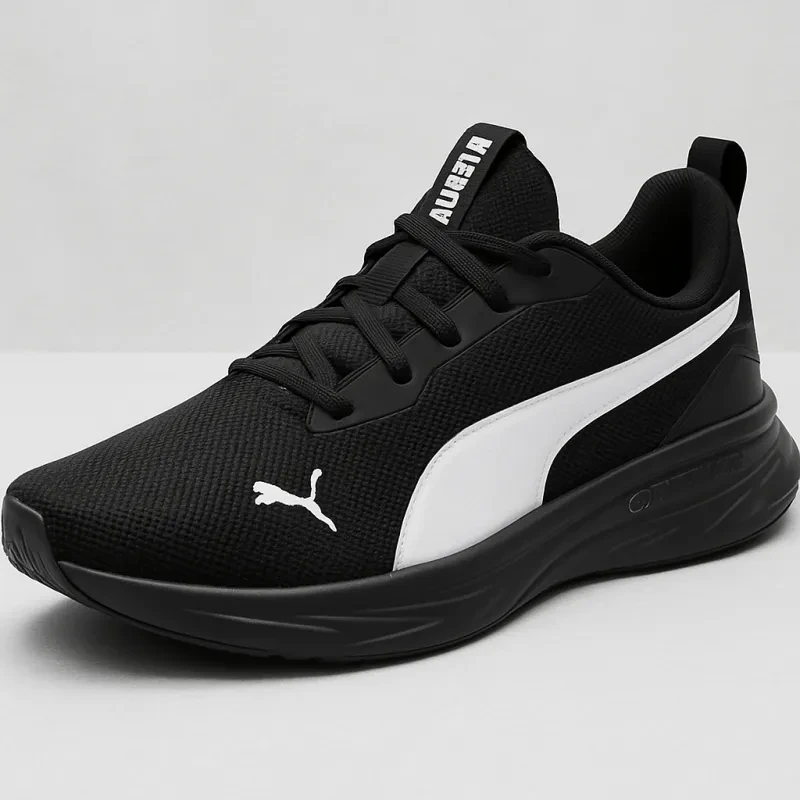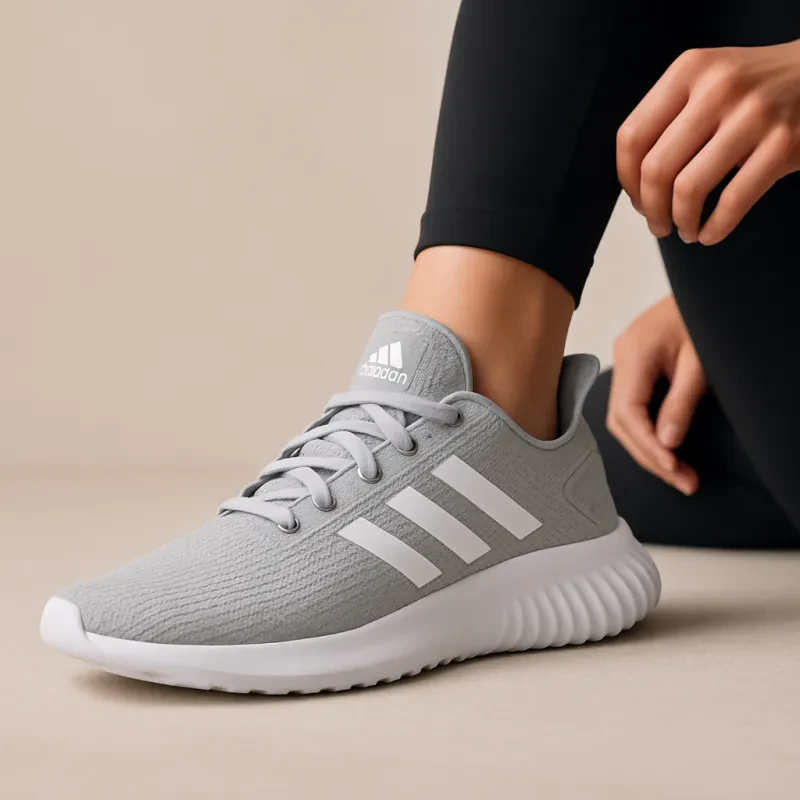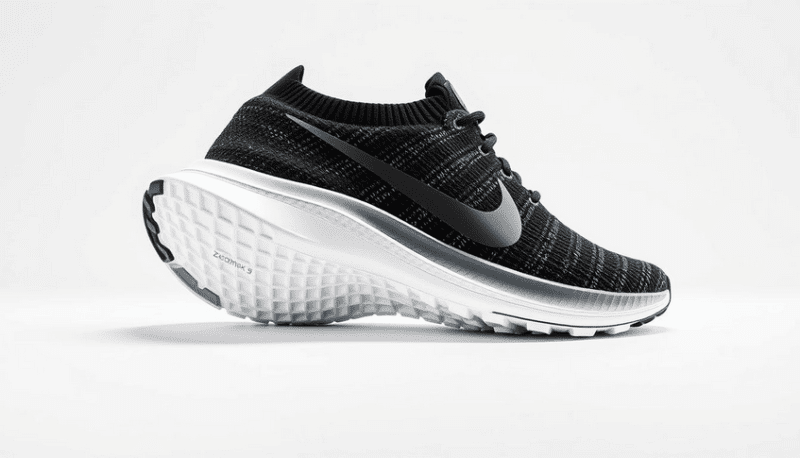Introduction:
Stretching is an essential component of any successful half-marathon training program. Before hitting the pavement for your run, take the time to stretch your muscles to prevent injury and improve performance. Dynamic stretching, such as leg swings and arm circles, can help warm up your muscles and get your blood flowing. After your run, be sure to incorporate static stretches to help lengthen and relax your muscles. This will help reduce muscle soreness and improve your flexibility over time.
Stretching
In addition to stretching before and after your half-marathon training runs, it's important to listen to your body and pay attention to any tight or sore spots. If you experience any pain or discomfort while running, it's crucial to address it right away to prevent more serious injuries down the road. Foam rolling can also be a great way to release tension in your muscles and improve your overall running performance. Make sure to incorporate foam rolling into your post-run routine to help speed up recovery and prevent injury.
Remember, consistency is key when it comes to half-marathon training. By incorporating stretching into your daily routine, you'll improve your flexibility, reduce your risk of injury, and ultimately conquer the half marathon. So don't skip out on stretching before and after your runs – your body will thank you in the long run!
Hydrate Properly to Stay Energized
In order to conquer the half marathon, it's crucial to properly hydrate your body to stay energized throughout the race. Dehydration can lead to fatigue, cramps, and overall poor performance. Make sure to drink plenty of water in the days leading up to the half marathon and continue to hydrate during the race.
One great strategy to ensure you're properly hydrated is to carry a water bottle or use hydration stations along the race route. Sipping water consistently throughout the race will help you maintain your energy levels and perform at your best. Remember, staying hydrated is key to conquering the half marathon!
Additionally, consider incorporating electrolyte-rich drinks or snacks into your hydration plan. Electrolytes help replenish the salts and minerals lost through sweating during the half marathon. You can also try adding a pinch of salt to your water or opt for sports drinks that contain electrolytes to keep you feeling strong and energized.
Mix Up Your Training Routes and Terrain
Including different terrains in your half marathon training can also help you adapt to the unpredictable nature of race day. While you may be used to running on flat pavement, you never know what to expect during the actual race. By practicing on different surfaces such as gravel, sand, or grass, you'll be better prepared for any obstacles that come your way. This will give you the confidence to tackle any course with ease.
In addition to physical benefits, mixing up your training routes can also provide mental stimulation. Exploring new paths and surroundings can keep you motivated and excited about your training. You may discover hidden gems in your community or enjoy the fresh air and scenery in different locations. Running on varied terrain can also help break up the monotony of long training runs, making them more enjoyable and engaging. So lace up your shoes, hit the trails, and conquer that half marathon!
When it comes to preparing for a half marathon, one of the most important things to consider is finding the right shoes for your feet. The right pair of shoes can make all the difference in your training and race day performance.
Firstly, it's crucial to get properly fitted for running shoes. Visit a running specialty store where the staff can analyze your gait and recommend the best shoes for your foot type. The right shoes will provide the support and cushioning you need to prevent injuries and keep you comfortable during long runs.
Additionally, consider factors such as the terrain you'll be running on and your running style. If you'll be running on roads, you'll need different shoes than if you'll be running on trails. Likewise, if you tend to overpronate or underpronate, you'll need shoes that provide the appropriate level of stability.
Remember, investing in a good pair of running shoes is crucial for your half-marathon training. The right shoes will not only help you perform better but also prevent injuries and ensure a more enjoyable running experience. So, take the time to find the perfect pair of shoes for your feet and conquer that half marathon with confidence!
Disclaimer:
The advice given on this website does not constitute or replaces medical advice.
Please consult with a doctor before starting any exercise or nutrition plan.
This document is provided for general information purposes only and should not be relied upon as providing legal advice, technical, or specific operational guidance to the reader, whether as to the practices described in the document or the applicable legal requirements and regulations. SAVE ON SNEAKS expressly disclaims any responsibility for liability arising from or related to the use or misuse of any information in this document.





